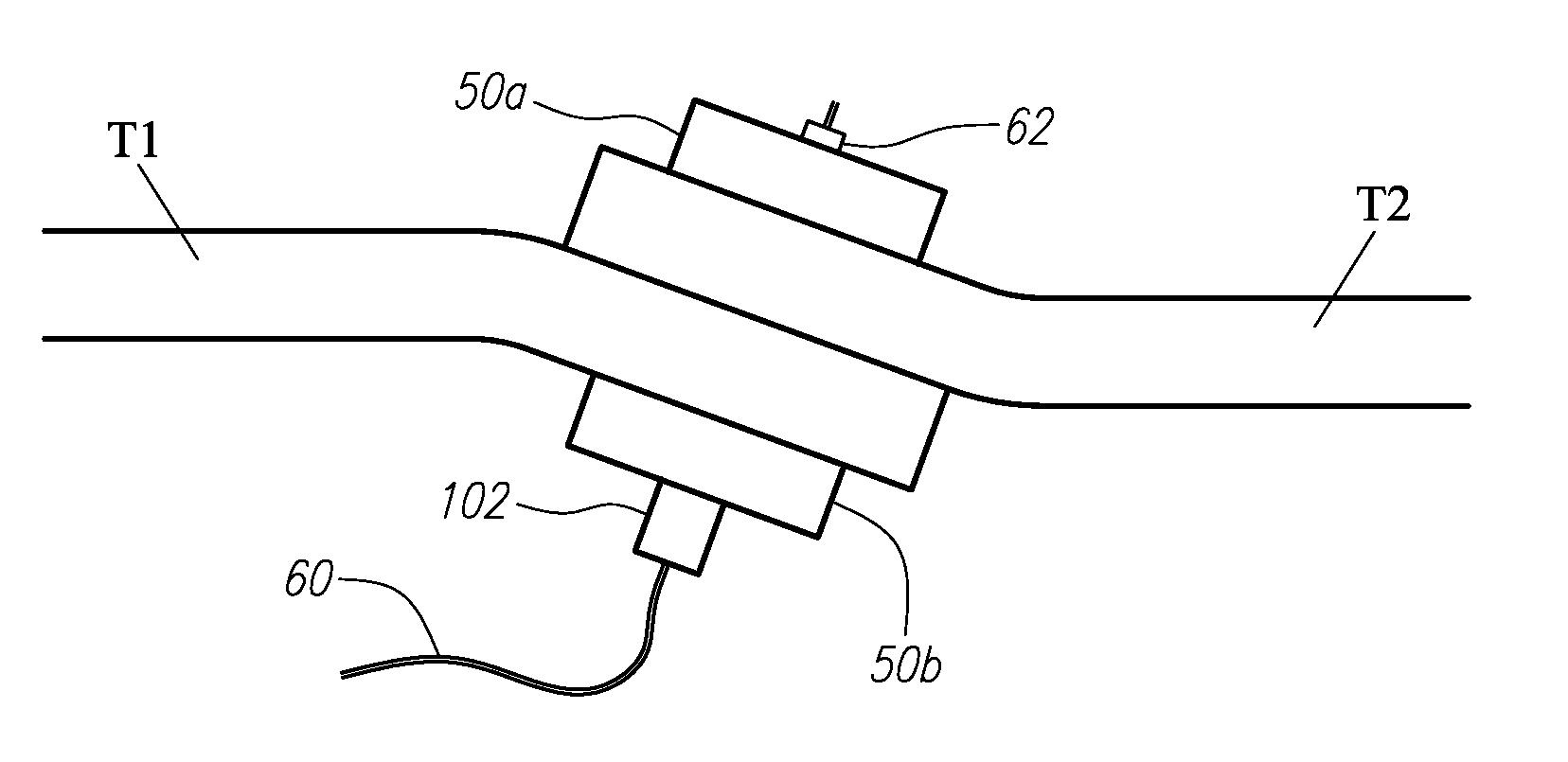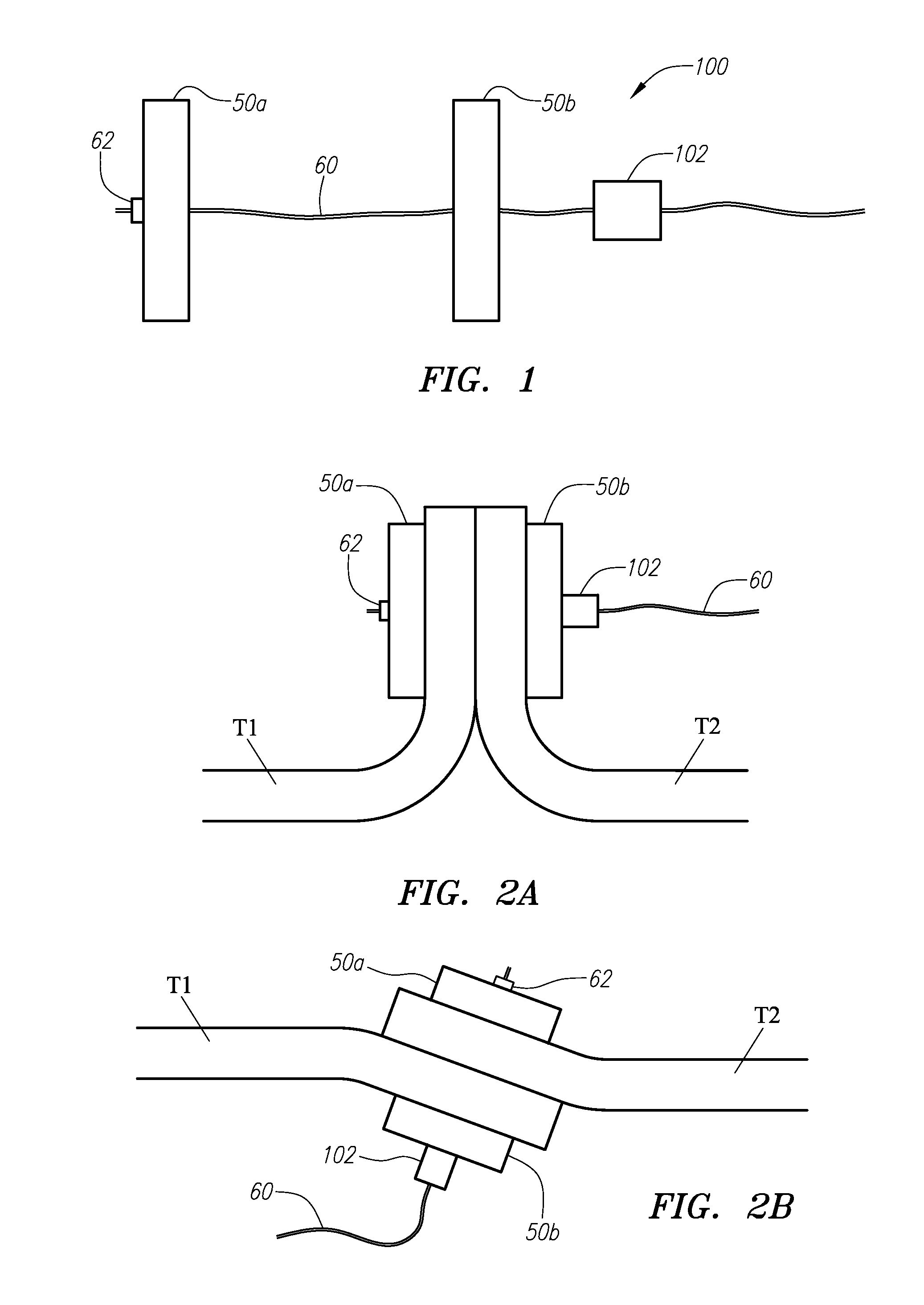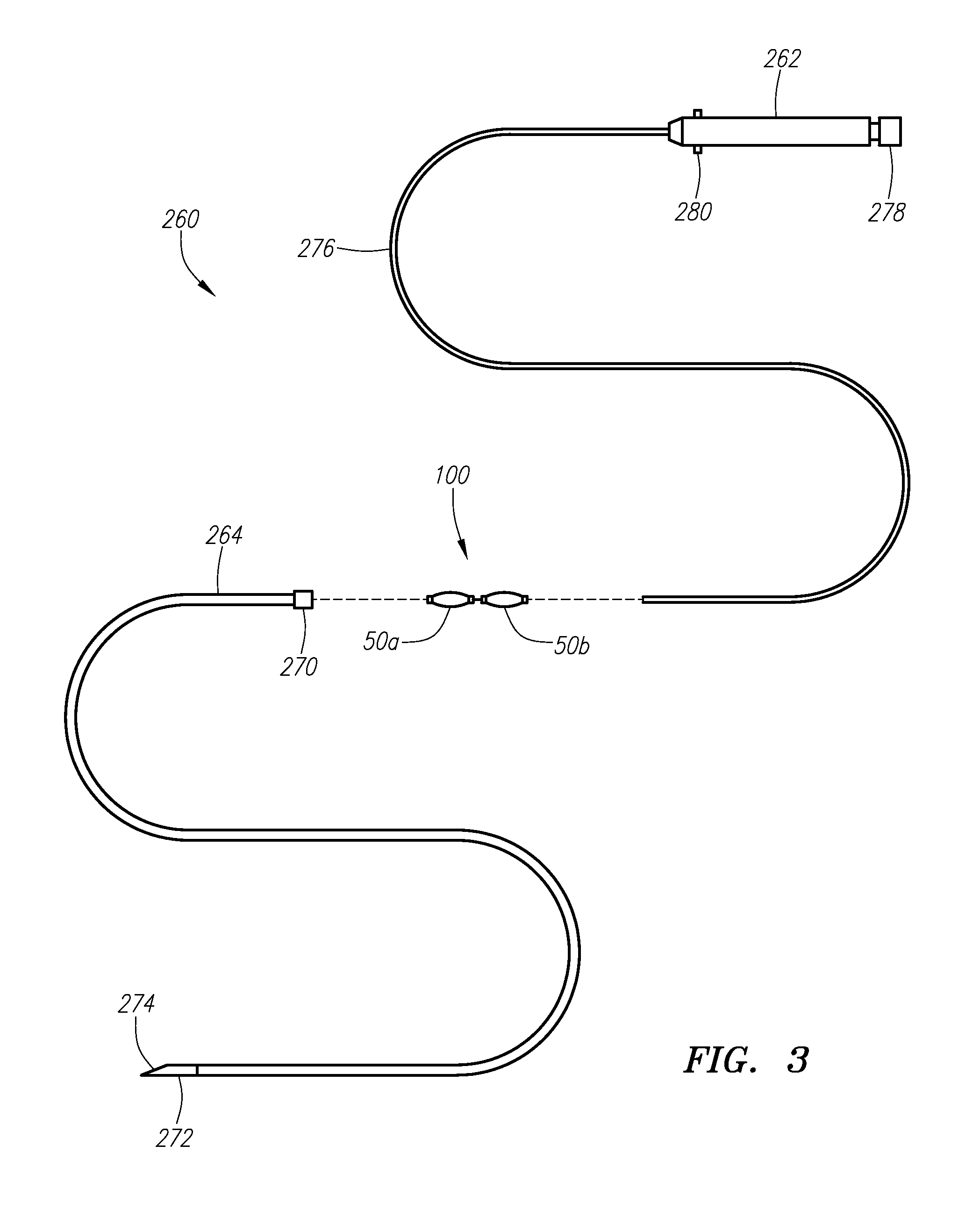Devices and methods for laparoscopic hernia repair
a technology of laparoscopic hernia and device, applied in the field of laparoscopic hernia repair devices and methods, can solve the problems of non-sliding or para-esophageal hernias, high risk of non-sliding or para-esophageal hernia, and strong female preponderance of femoral hernias,
- Summary
- Abstract
- Description
- Claims
- Application Information
AI Technical Summary
Benefits of technology
Problems solved by technology
Method used
Image
Examples
Embodiment Construction
[0064]Laparoscopic surgical devices and methods for engaging, manipulating, reconfiguring, and securing tissue are described herein. In several embodiments, the methods entail performing surgery through one or a limited number of trocars, eliminating the need for an open surgical procedure. Laparoscopic procedures provide faster healing times, less scarring, and less pain which could lead to reduced hospitalization and quicker recovery in comparison to most open surgical procedures.
[0065]In several embodiments, the laparoscopic surgical procedures are performed using devices that have been developed by USGI Medical, Inc. of San Clemente, Calif. Several tissue manipulation and tissue anchor delivery devices are described in the following United States patent applications:
TABLE 2U.S. patent application Ser. No.Filing Date10 / 612,109Jul. 1, 200310 / 639,162Aug. 11, 200310 / 672,375Sept. 26, 200310 / 734,547Dec. 12, 200310 / 734,562Dec. 12, 200310 / 735,030Dec. 12, 200310 / 840,950May 7, 200410 / 955,...
PUM
 Login to View More
Login to View More Abstract
Description
Claims
Application Information
 Login to View More
Login to View More - R&D
- Intellectual Property
- Life Sciences
- Materials
- Tech Scout
- Unparalleled Data Quality
- Higher Quality Content
- 60% Fewer Hallucinations
Browse by: Latest US Patents, China's latest patents, Technical Efficacy Thesaurus, Application Domain, Technology Topic, Popular Technical Reports.
© 2025 PatSnap. All rights reserved.Legal|Privacy policy|Modern Slavery Act Transparency Statement|Sitemap|About US| Contact US: help@patsnap.com



